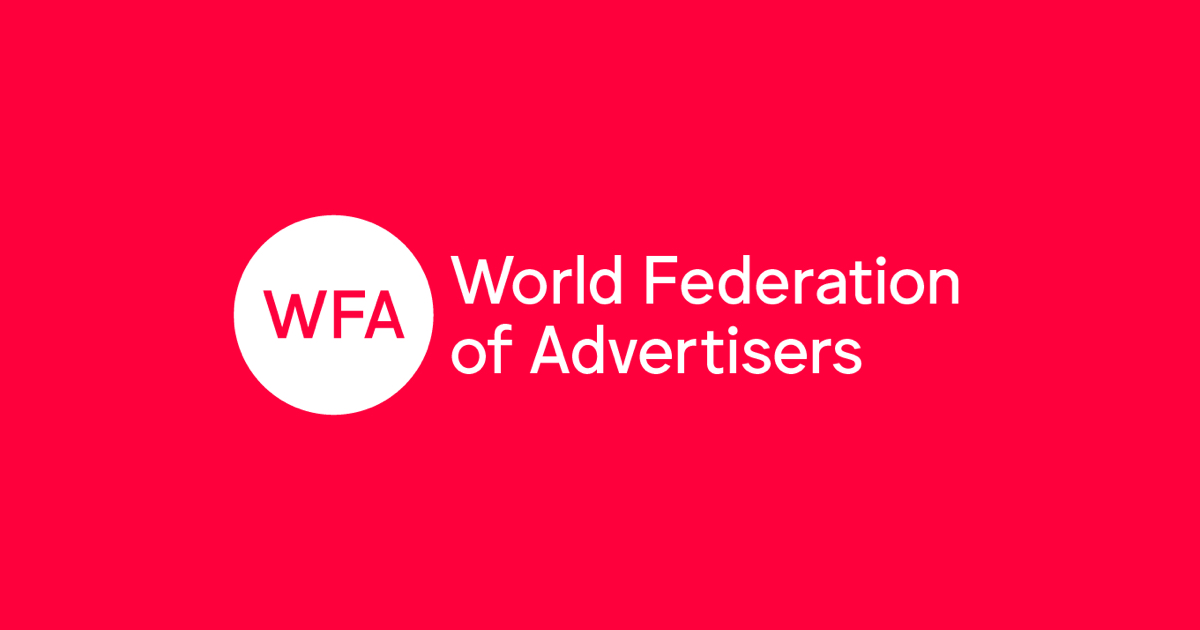Source: www.insideradio.com, July 2019
Traditional ads are here to stay. That’s the message top marketing executives are sending in a new survey. The State of Advertising report, released last week by the World Federation of Advertisers (WFA), shows the vast majority of those interviewed disagree with the idea that five years from now traditional formats like radio and TV advertising will be a thing of the past.
The data shows 28% “strongly” disagree and 34% “somewhat” disagree with the statement: “Looking ahead five years, I can imagine a world without traditional advertising formats.” Just 8% strongly agreed. “As an industry, we are often prone to overstating sweeping new trends, so this is a useful bellwether of what a lot of the world’s top brands really think,” said WFA president Stephan Loerke.
Even as marketers say their top priority in the coming months is e-commerce investment, 60% of those surveyed said advertising on offline media like radio and TV is a priority for them — including 14% who labeled it their “top” priority. Expect those dollars to flow through a media buying agency for these big brands who say the in-house trend may be overstated. Three-quarters say they’ll probably rely even more on media shops to buy traditional media in the coming year. And 64% say they’ll rely on them more for media planning too. Where the agency will be less involved is with media strategizing, although few CMOs are going completely in-house for that task.
The WFA survey also delivered good news for how advertising fits into overall strategy. Advertising represents, on average, 61% of total marketing budgets overall. And for one in five, advertising is how they spent more than 90% of their total marketing budget.
Those ad budgets are growing. Ad investment is up for 43% of survey respondents in the last 12 months — including 15% who report a “significant” increase, with 28% saying it was “somewhat more.” Among those reporting budget shrinkage, a quarter said it was “somewhat less,” with 7% citing a significant decrease. Asked what their message is focused on, 55% said their ads are designed to promote brand awareness, while 31% said it was a mix of brand awareness and driving a purchase.
But more money doesn’t mean marketers are convinced advertising is becoming more effective. A third say they believe the opposite. Of those, two-thirds think people are increasingly turned off by ad clutter. And 53% say it’s getting easier to avoid ads with technology like DVRs and digital ad-blockers. A declining trust in advertising (39%) and the rise of subscription-based models (26%) were also cited. And 13% say people just don’t like advertising.
The results are based on an online survey of WFA members conducted this month. More than 100 individuals responded from 70 companies across 15 categories, including consumer packaged goods, automotive, food, alcohol, tech and finance.

